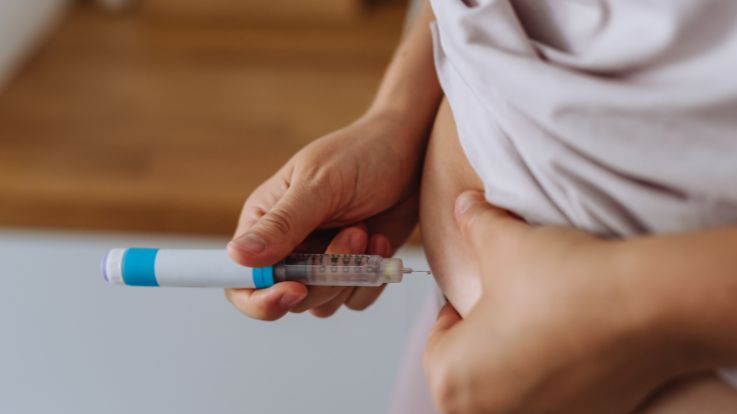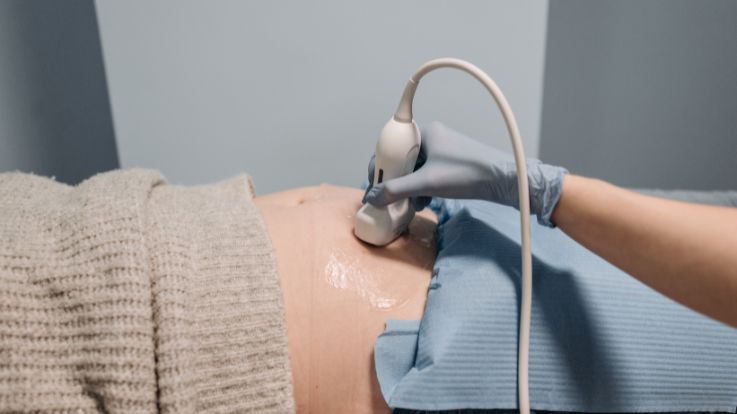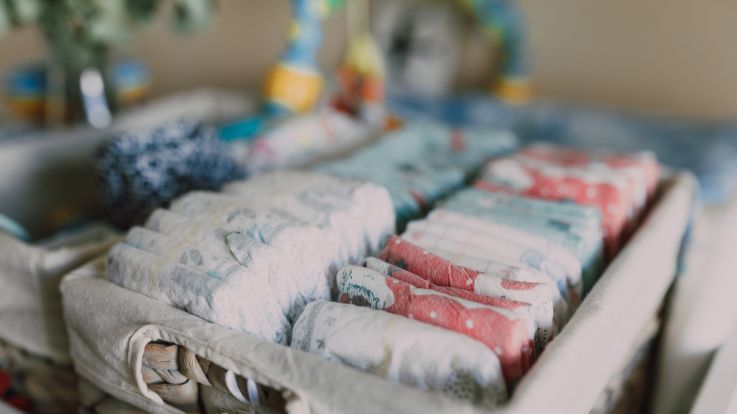Want to Have a Baby in India? Here’s How Much It Can Cost You

Only For Pro
Reviewed by expert panel
From the day you conceive to their first birthday, raising a baby in India – especially in the urban parts of the country – is as much a financial decision as it is an emotional one. And although some might say the joys of becoming a parent are priceless, you simply cannot ignore the strain it puts on your pocket. I am not trying to scare you, not at all, but if you are not considering the finances involved, you might be in for some really expensive surprises.
Whenever my husband and I talked about having a baby, our biggest concern was always their education and the long-term expenses involved. Now that we have actually conceived, this has changed completely. We no longer think about the decisions that we’ll make years down the line, but rather those we will have to make in the coming weeks or maybe days. Where should we get the tests done? Which hospital to book for delivery? What stuff do we need to buy? And the list goes on.
During my first consultation, in a leading maternity hospital in Gurgaon, we were introduced to the delivery and test packages and let’s just say, I wasn’t prepared for that kind of shock. The luxury package was around ₹2,20,000 and the presidential package was ₹3,00,000. It was only when my husband told me about his medical coverage that I could take a sigh of relief. But, the question remains, ‘Isn’t ₹3,00,000 too much?’
Not to forget, his insurance does not cover medication and tests. My regular folic acid and vitamins cost around ₹1100 a month, and if you are wondering about the tests, they offered a package of 5 ultrasounds for ₹16,000. We also spent around ₹12,000 on my initial blood tests. Most of the time, I find myself comparing the prices online, trying to find cheaper alternatives, yet we still end up paying more. Sometimes I wonder, would things be different if we had estimated these expenses beforehand? I can already hear my husband saying, “Absolutely.”
Step One: Conception Is A Choice, And Often, An Expense
Luckily for us, conception came naturally. But for many others, it doesn’t. The increasing incidence of infertility in metro cities is becoming a major cause of concern and it is often driven by unhealthy eating habits, stress, sedentary lifestyle, pollution, and delayed parenthood.
Last year Dr Ajay Murdai, founder of one of India’s leading IVF chains, Indira IVF shared in an interview that about 27.5 million married couples in India are actively trying to conceive but are struggling with infertility. Yet, only about 275,000 IVF cycles are performed every year.

The cost of a single IVF cycle typically ranges anywhere between ₹1,00,000 to ₹1,50,000 and on top of that, there are other expenses like medications, consultations, diagnostic tests, etc, which can strain your pockets even more.
For some couples it may happen in the first go, but others might have to go for multiple IVF cycles to hear the good news. And if you are planning to go for egg freezing, add another, 1 to 1.2 lakhs per year.
Siddhant, a parent from Chatrapati Sambhajinagar revealed that he spent ₹3,00,000 on his wife’s IVF treatments. The prenatal care alone costs around ₹4,00,000
Couples in smaller cities often travel to metro hubs like Delhi, Bangalore, or other major cities to get the procedure done — either due to lack of proper facilities or the social stigma that still surrounds infertility and IVF treatments. This leads to an additional financial burden.
Even for us, the costs began before the positive pregnancy test - tests, ultrasounds, consultations, and medication, accounting for roughly between ₹18,000 to ₹25,000.
Stage Two: Pregnancy – A Nine-Month Financial Marathon
Right after my first pregnancy consultation, I knew the next 9 months would bring more than just morning sickness and mood swings.
Folic acid and vitamins? 1100 a month
Ultrasound and blood tests? Around 30,000 by the end of the third trimester.

Doctor’s consultation? 1300 per visit
And not to forget the vaccinations that I would be needing in the coming month. Those will run into a couple of thousands rupees more.
Let’s add another 10,000 for the emergency expenses.
Kashaf Parveen, a parent from Delhi shared, “I was in my 34 weeks and I did my ultrasound, and they said 'Your baby's stomach is not growing and we need to admit you immediately.' The next morning I got a second opinion from the doctor who did my delivery as well, and she asked me to do an ultrasound again. The reports were normal. My amniotic fluid level was low. She prescribed medicine. I had to spend 8 to 9k that day. So that was my unexpected medical expense.”
Sakshi Koul, another parent from Faridabad shared that she was on steroid injections for the complete 9 months of her pregnancy, which further added to the overall expense.
This was just the medical bit, now –- let’s go beyond.
We are nearing the end of our 1st trimester, and I can already feel my clothes getting snug. My online shopping cart is overflowing with maternity clothes of all sorts easily adding up to around 60k.
No, no, I am not planning to buy them all (though I wish I could), but I would surely need a couple of XL dresses for my maternity wardrobe, especially because I will still be going to the office and tees and pajamas just won’t cut it. Let’s say another ₹15,000 to ₹20,000, for the clothes and a good pair of comfy slippers or shoes.
I was even convinced to buy a maternity pillow but I soon realised, a rolled-up soft quilt worked just as well. That said, I still don’t know if in the coming weeks, I will change my mind and end up adding another ₹2,000 to our already hefty expense list.
Stage Three: The Delivery Dilemma – Public vs Private
So far, we have toured just 1 hospital, and it is currently our top choice because it is just 2 blocks away from our place. I know it’s too early and we are still keeping our options open. But we don’t wish to compromise on quality. And yes, we have already started going through online reviews and analyzing the delivery packages.

Here’s what delivery package looks like in urban Indian cities:
|
Hospital Type |
Delivery Cost (Normal) |
C-Section Cost |
|
Government |
₹0 – ₹10,000 |
₹0 – ₹15,000 |
|
Private (General Room) |
₹1,00,000 - ₹2,25,000 |
₹1,00,000 - ₹2,25,000 |
|
Private (Single/Deluxe Room) |
Up to ₹3 lakhs |
Up to ₹3 lakhs |
This excludes medication, safety consumables, additional lab investigations, epidural and ambulance charges. There may also be extra costs for multiple deliveries or high-risk pregnancies.
Stage Four: The First Year – Where the Real Spending Begins
If you think you are done with the real expense once the baby is born, sorry to burst the bubble. I asked a few friends what is the one thing they spend the most on, the answer was unanimous - Diapers and formula. Good quality diapers can cost you anywhere between ₹1500 to ₹2000 per month and, if you are using the formula, add another, ₹2000 - ₹5,000 per month.

Then comes one of the most important expenses—vaccinations. In the first year, these can cost anywhere between ₹25,000–₹45,000 if you are going as per IAP schedule.
Apart from these, there are some recurring expenses like baby wipes, and toiletries, which sum up to roughly ₹1,500 per month. Baby clothes and linen will set you back roughly ₹10,000 to ₹25,000.
Feeding bottles, sterilizers, breast pumps can cost you around ₹8,000 to ₹20,000, depending on what brand you prefer. Budget an additional ₹ 50,000 for cribs, strollers, car seats, high chairs and other must-have amenities.
If you are a working moms returning to work, don’t forget an additional ₹20,000 to ₹30,000 a month for Daycare or Nanny.
One of the parents from Dehradun shared, “Diapers should be of less value, I avoided taking help from a nanny for my baby because it will cost more if I hire one. Expensive strollers and cribs I avoided. I think it's totally a waste of money. I even avoided bed railings so far but may buy one in the future.”
By the Numbers: What It Adds Up To
Here’s a conservative year-one cost summary for a middle-income urban Indian couple:

City Matters: Why Geography Changes the Budget
The cost of having a baby also, to a great extent, depends on which city you live in. We are from Kashmir, currently living in Gurugram — and believe me when I say it, the difference is huge. Back in Kashmir the total expense hardly goes beyond ₹1,00,000 to ₹1,50,000.
While the delivery and childcare costs are significantly higher in metro cities like Delhi and Mumbai, in Tier-2 cities and Tier 3 cities it is comparatively cheaper.
Why the Real Cost Isn’t Just Rupees
As a couple, we are still trying to figure out our expenses and looking for ways to manage them. But at the same time, as first time parents, we want to give our little one the best of everything. Is it emotionally and mentally overwhelming? With the sleepless nights, career pauses and shifts in our relationship — yes, it absolutely is.
When I asked a parent from Srinagar, what he thinks could have been avoided or saved on, he replied, ‘Well it's hard to comment on that because everything you pay for during pregnancy or on child looks important. And if the doctor says you need to do it, you have to do it. Cannot take any risks”
No matter how much you tell yourself you're prepared, the truth is, nothing fully prepares you for this journey and I believe that’s what parenting is all about, accepting and embracing this new phase of life and adapting with it. In the midst of all the chaos, confusion and lists of expenses, that one thing that keeps us going is the thought of holding our baby in our arms.
Be the first to support
Be the first to share
Comment (0)
Related Blogs & Vlogs
No related events found.
Loading more...